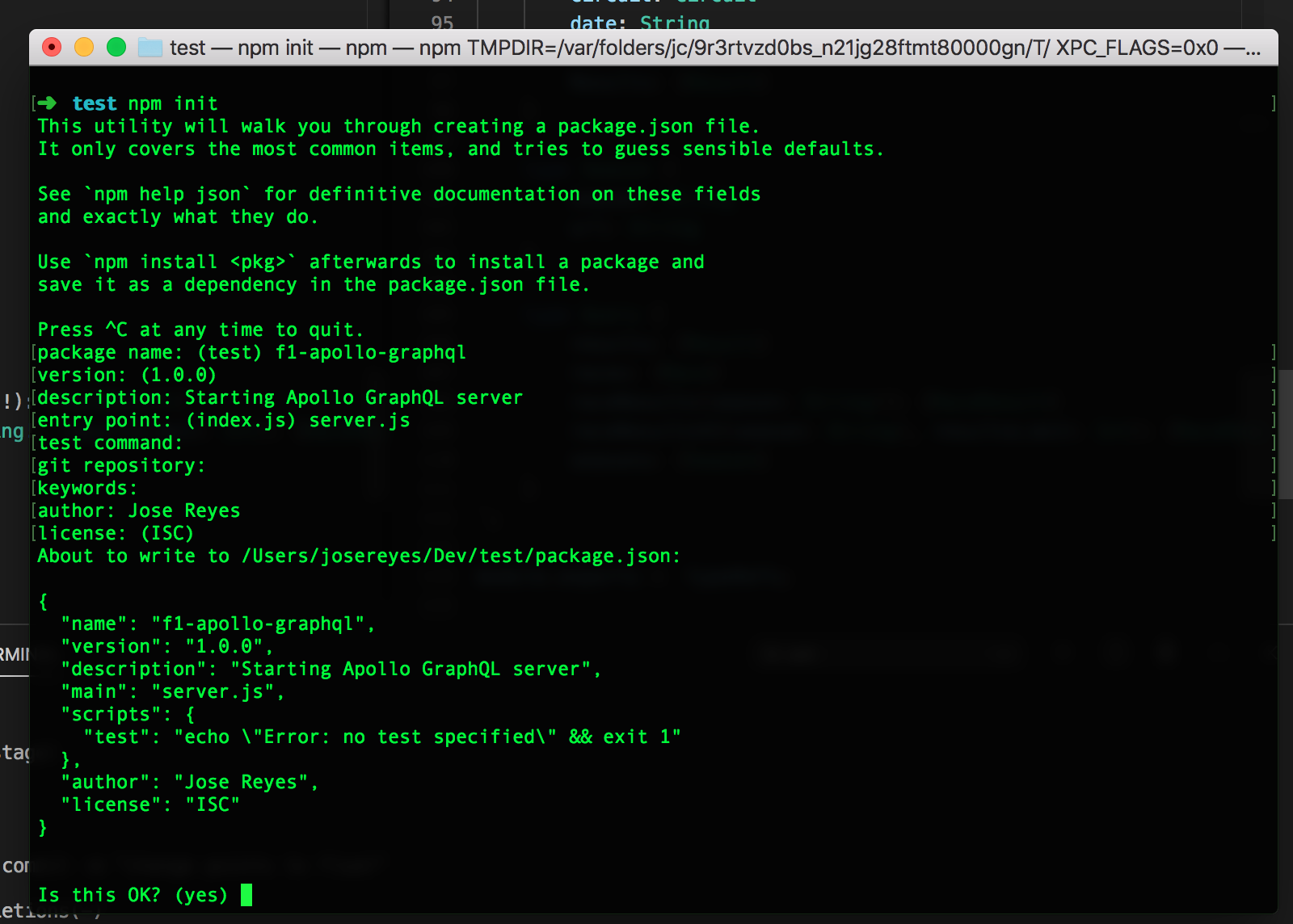

They will be deployed with Netlify Functions, Serverless Framework, and AWS Amplify. This article looks at three different methods of deploying two different GraphQL servers: Apollo Server and GraphQL Yoga. You also need to write your code with the syntax of the underlying runtime which requires keeping in mind information such as the available Node version and compatible dependencies. The functions will only work for basic GET and POST methods. Since the server state cannot be persisted, the drawbacks include removing the ability to use websockets or subscriptions. You also no longer need to worry about scaling your application or paying for idle time when your server is not being used. The benefits include removing large amounts of operations work such as managing the operating system of underlying VMs or creating optimized Dockerfiles.

Deploy Apollo Server Lambda with Netlify.Serving that file using an API gateway and serverless function like an AWS Lambda.Storing that static file somewhere with blob storage like an S3 bucket.
#APOLLO CLOUD MAK A COPY ZIP FILE#
Bundling your application into a zip file.However, if your server does not need to persist state, then you can host it using a serverless function. Typical methods for hosting your server include virtual machines (AWS EC2, Digital Ocean Droplet) or containers (Cloud Run, AWS ECS). There are a wide range of different options for GraphQL servers with varying deployment methods.


 0 kommentar(er)
0 kommentar(er)
